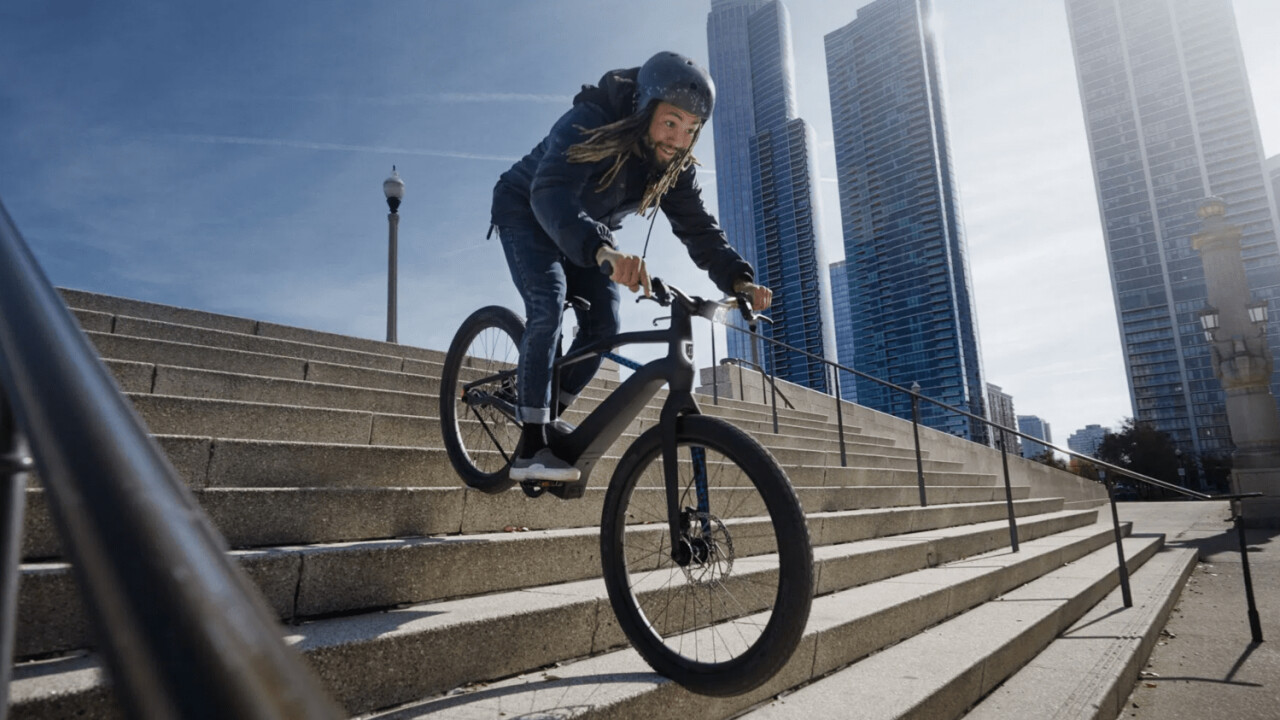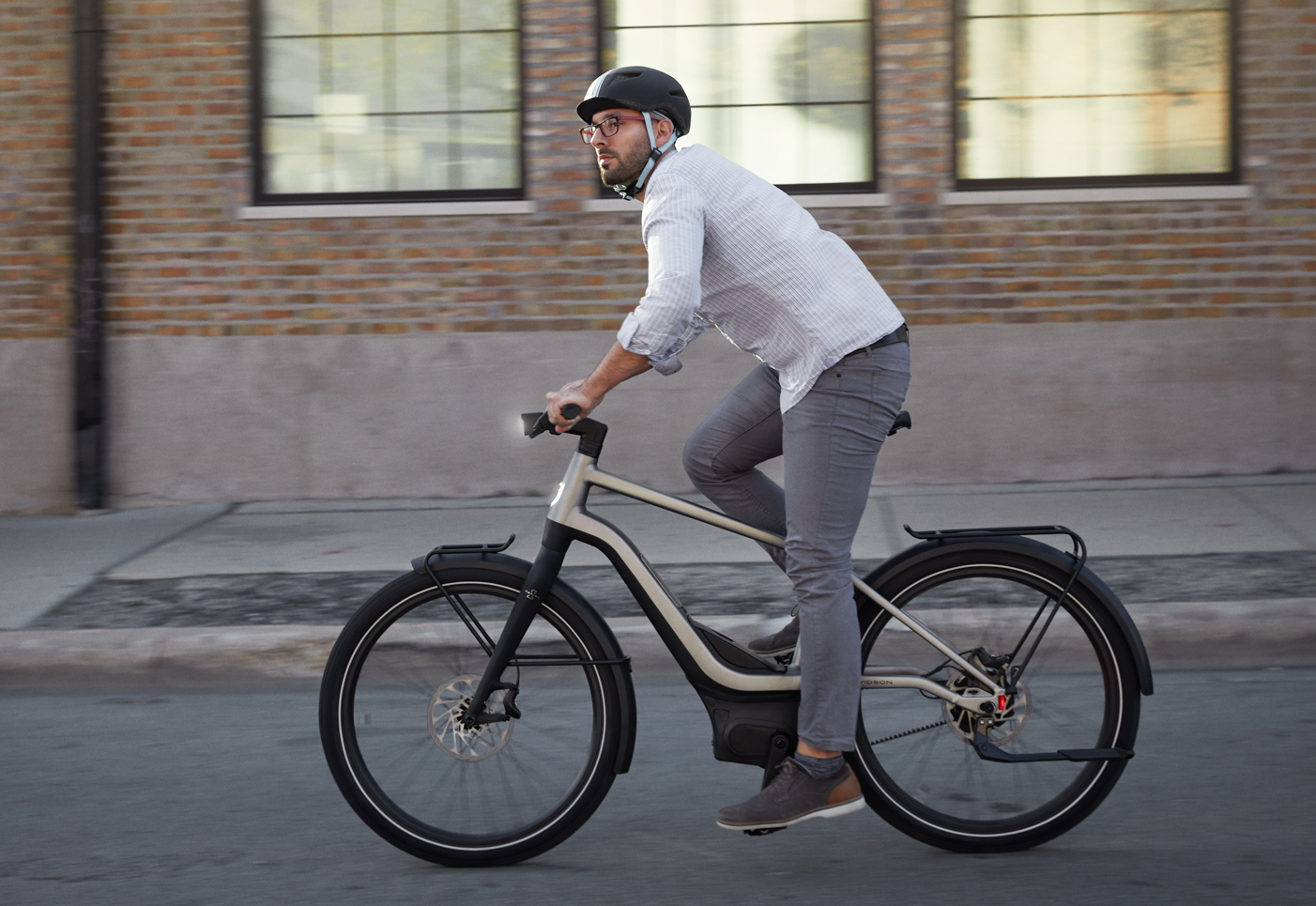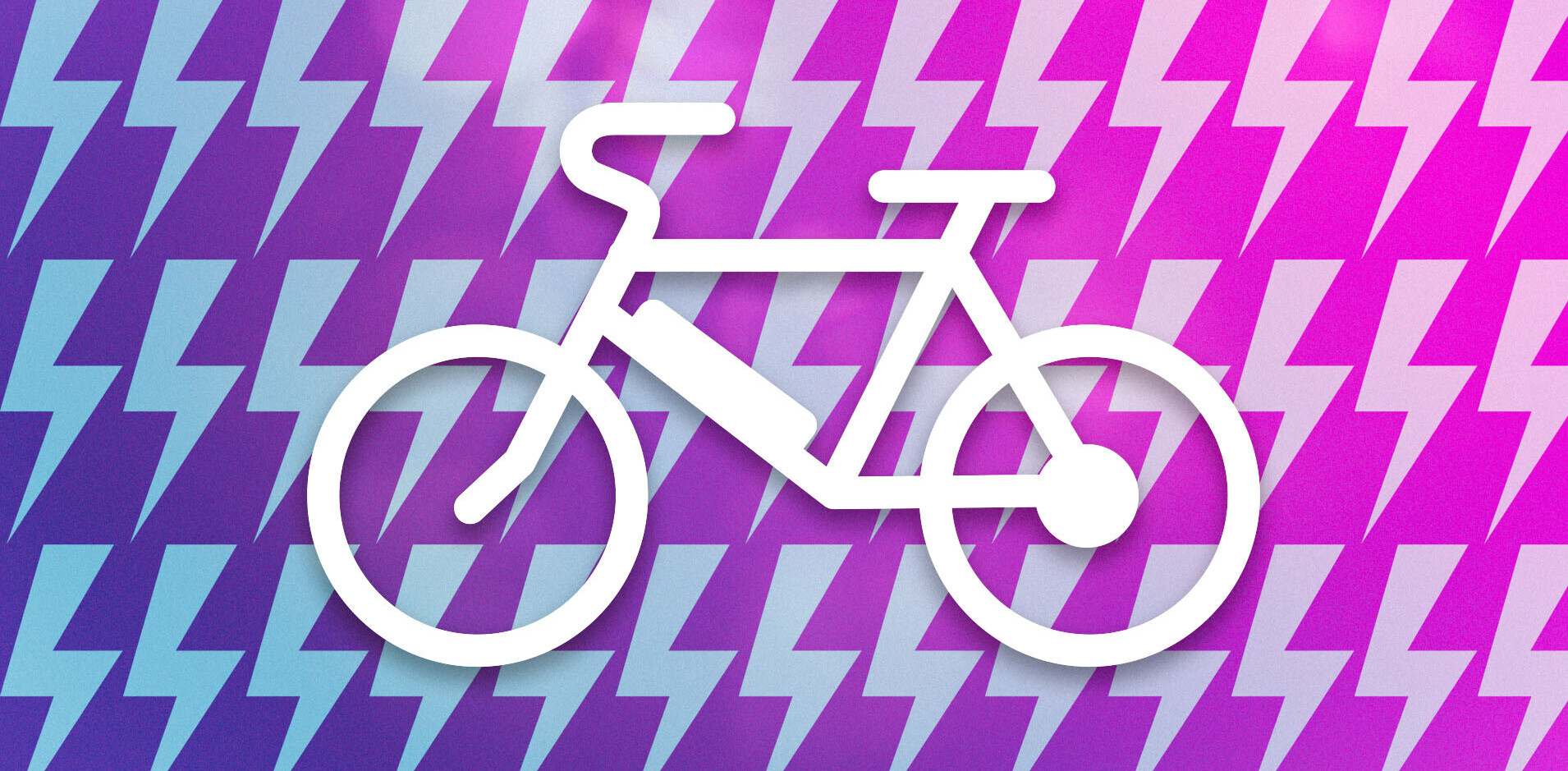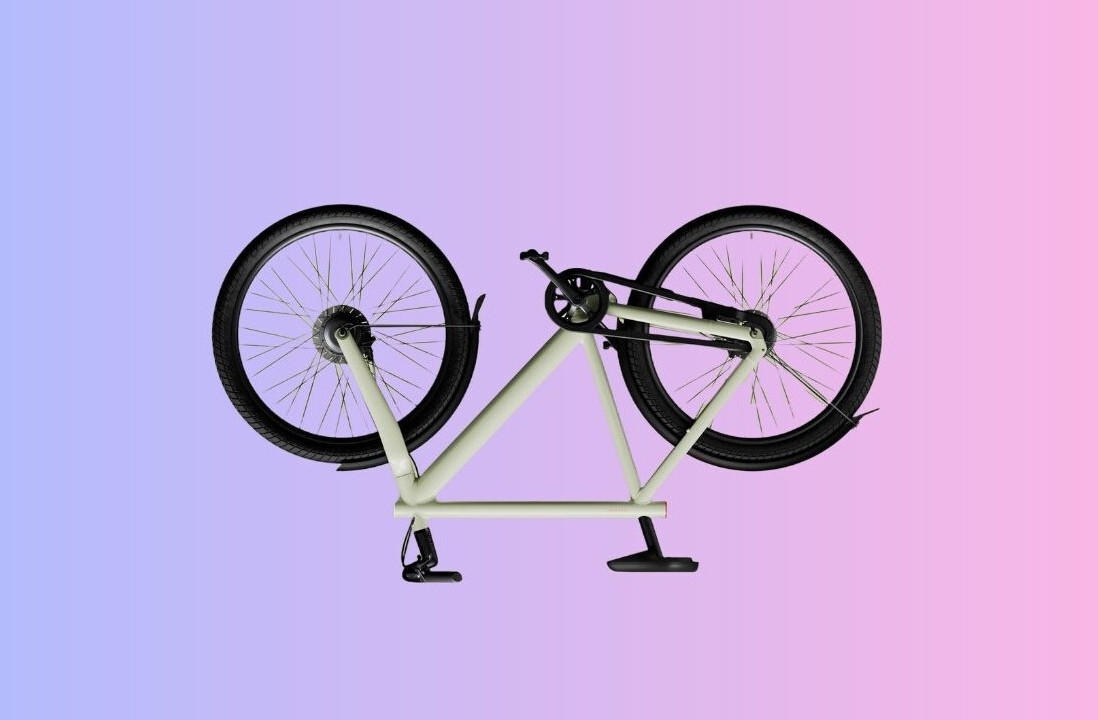
It was just a few weeks ago that Harley-Davidson revealed its new e-bike subbrand, Serial 1 Cycle Company, but the company has been talking about its entry into the market for years. Today we finally got an in-depth look at the bikes it intends to release in 2021.
Serial 1 is launching with four models aimed at different types of riders:
- Mosh/Cty ($3,399)
- Rush/Cty ($4,399)
- Rush/Cty Step-Thru ($4,499)
- Rush/Cty Speed ($4,999)

As you might expect given the company’s reputation, these are all premium bikes, and the “/Cty” suffix implies they are all meant for urban environments. It also implies the company will eventually have bikes intended for other kinds of riding too.
They’re all limited to 20mph except for — you guessed it, the Rush/Cty Speed — which is limited to 28mph. Despite Harley-Davidson’s reputation for motorcycles, none of the bikes have throttles: these are assist-only bikes.
They each use mid-drive motors designed by German company Brose, which also makes motors for Specialized and a few other brands. These motors are considered some of the best on the market in their balance of ride feel, durability, and power.
Although the motors are “just” 250W — there are myriads of affordable ebikes claiming many times more power — wattage is a poor representation of how powerful an ebike actually feels. This is in part because these are “nominal” figures, whereas peak power may be many times higher, and mid-drive motors also benefit from being able to take advantage of your bike’s gears. Torque numbers tend to be more useful, and 90 Nm puts it on the higher end of the spectrum.
The Mosh/Cty manages to be the most affordable model in part by using a single-speed drivetrain. This helps keep maintenance at a minimum, and the motor’s assistance means gears are often superfluous for casual city riding. It also makes it the lightest of the models at 48 lb (21.8kg), which is on the lighter end of the spectrum for a large e-bike (most are over 50 pounds, and often over 60).
The Rush/Cty bikes, on the other hand, use an automatic Enviolo NuVinci transmission. The NuVinci system is already unique enough in that it offers completely smooth, stepless gear changes with almost no maintenance required, but the Rush models are among the rare bikes that offer fully automatic transmission. Like most cars (in the US, anyway) you don’t have to think about changing gears; just pedal along and the bike will do that chore for you.
There are a number of other notable features shared by the models:
- There’s an embedded always-on light in the headtube that’s followed up with a bright LED light on the handlebars.
- There are tail lights built into the rear triangle which flash brighter when you brake.
- The bikes all use the Gates carbon drive instead of a belt; these are virtually maintenance-free and can last far longer than a typical chain.
- There’s a compartment in the frame to hold items such as your lock or phone.
- The chunky 27.5 x 2.4 Schwalbe Super Moto X tires should significantly soften bumps despite a lack of dedicated suspension.
- Hydraulic disc brakes with 203mm rotors should provide ample stopping power.
- Options for fenders and both front and rear racks.
- There’s an app, because of course there is.
Lastly, there’s the unique battery setup. Unlike most ebikes, which position the battery in the downtube or rear rack, Serial 1 is mounting the battery in a bucket right next to the motor, placing this heavy component as low and centered as possible for better handling.
Roughly 500 Wh is typical for mid-drive motors, and indeed, the bottom three models use 529 Wh batteries. These are good for 35-115 miles of range. The Rush/Cty Speed, on the other hand, has a 706 Wh battery good for 25-115 miles. As always, range will vary dramatically depending on your riding habits.
I have to say, I’m pretty impressed by these first offerings. They seem to be designed for a wide range of real-world uses rather than just as “me too!” e-bikes. Practical additions like the optional racks, automatic transmission, carbon belts, large batteries, and robust lighting, give some substance to the unique design.
And though the bikes are undoubtedly expensive, they’re also not out of the norm given the features and pedigree of some of the components. You can certainly find more expensive bikes with comparable components.
The bikes will begin shipping in spring 2021 (summer for the Speed model), but you can pre-order a bike now on Serial 1’s website.

SHIFT is brought to you by Polestar. It’s time to accelerate the shift to sustainable mobility. That is why Polestar combines electric driving with cutting-edge design and thrilling performance. Find out how.
Get the TNW newsletter
Get the most important tech news in your inbox each week.





